DHL: charging its electric delivery fleet with Eiko
DHL Express France plans to electrify 50% of its fleet by the end of 2024 and to make 90% of its first and last mile deliveries in zero-emission vehicles by 2027.
As part of these ambitious objectives, and to ensure the transition, the world leader in logistics is working on a major challenge: the simultaneous recharging of vehicles at a time when the power available on logistics sites is structurally limited.
Like many similar buildings and warehouses, DHL’s Créteil site does not have the 150 kVA of power needed to install around twenty traditional charging points.
DHL has therefore equipped itself with an Eiko power cube and 20 charging points, to meet the energy needs of its electric delivery vehicles, from a single connection of just 25 kVA, and without impacting day-to-day operations.
The challenges of recharging for delivery fleets: the case of DHL
Installation of charge points despite unavailable power
Faced with electrical power constraints at its logistics hub in Créteil, from where its vehicles set off on their morning delivery rounds, DHL was looking to install 20 charging points.
- Starting with a connection of just 25 kW, Eiko stores energy during the day, when the building is empty, in its three second-life batteries with a total capacity of 150 kWh. The cube then redistributes this energy, at an output power of 60 kW, throughout the night to all the vehicles that need recharging.
The absolute need for reliability
To meet the needs of an operational fleet, the reliability of the recharging solution is essential. It is imperative that the system provides the recharging required by all the vehicles, to avoid any disruption to routes and interruptions to business.
- For DHL in Créteil, the Eiko power cube offers a robust solution and ensures a reliable and resilient recharging service.
Quick and easy installation
Installing charging points for an operational fleet can be hampered by costly and time-consuming civil and electrical engineering works.
- At the DHL Créteil site, Eiko was deployed in just one week, without any civil engineering. And the icing on the cake is that the charge points are installed directly on the conveyor belt that transports the parcels to the delivery vehicles, facilitating logistics operations.
The origin of energy: an economic and ecological challenge
As part of its strategy to reduce the environmental impact of its activities, DHL has decided to install photovoltaic panels on several of its sites. An ecological choice, but also an economic one.
- By storing the excess photovoltaic energy not consumed by the building at any given time in the Eiko cube’s batteries, DHL will be able to use it later to recharge its delivery vehicles with even more carbon-free energy.
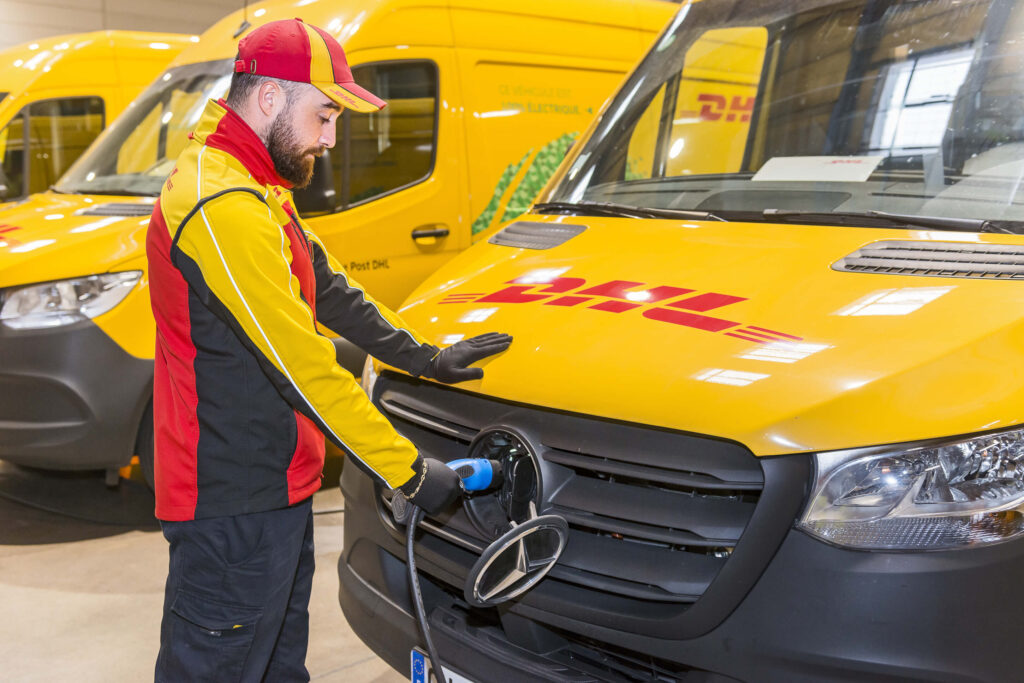
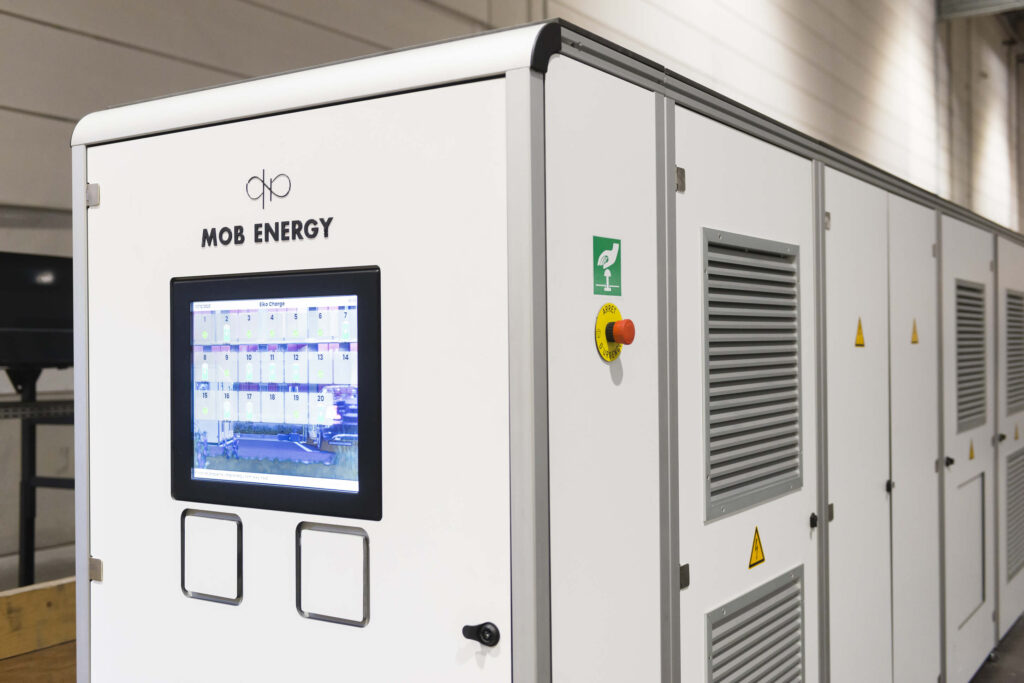
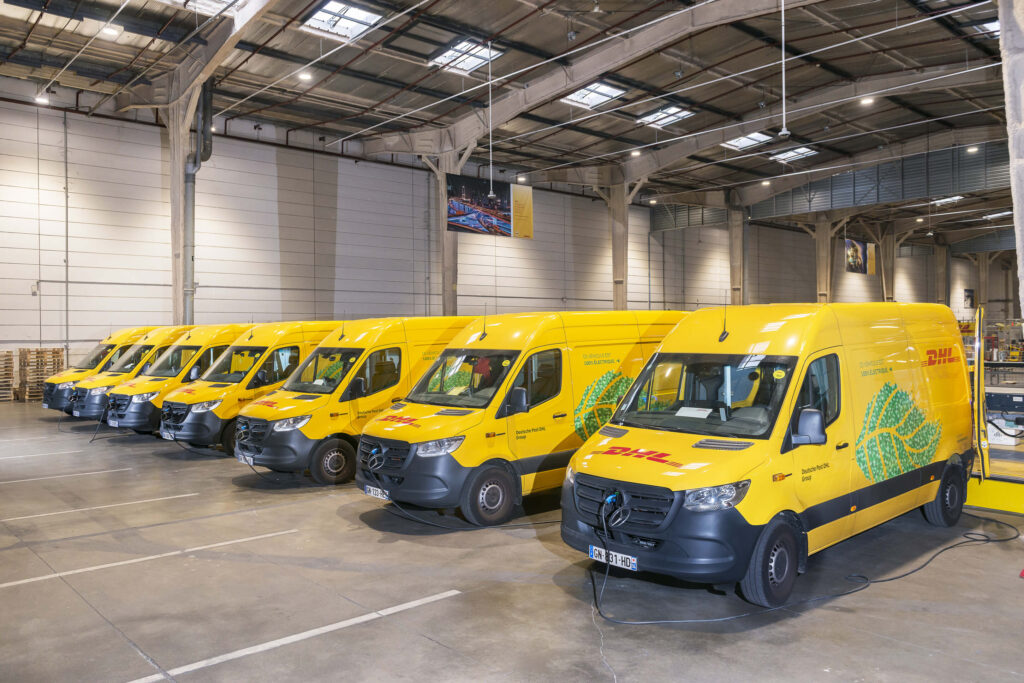
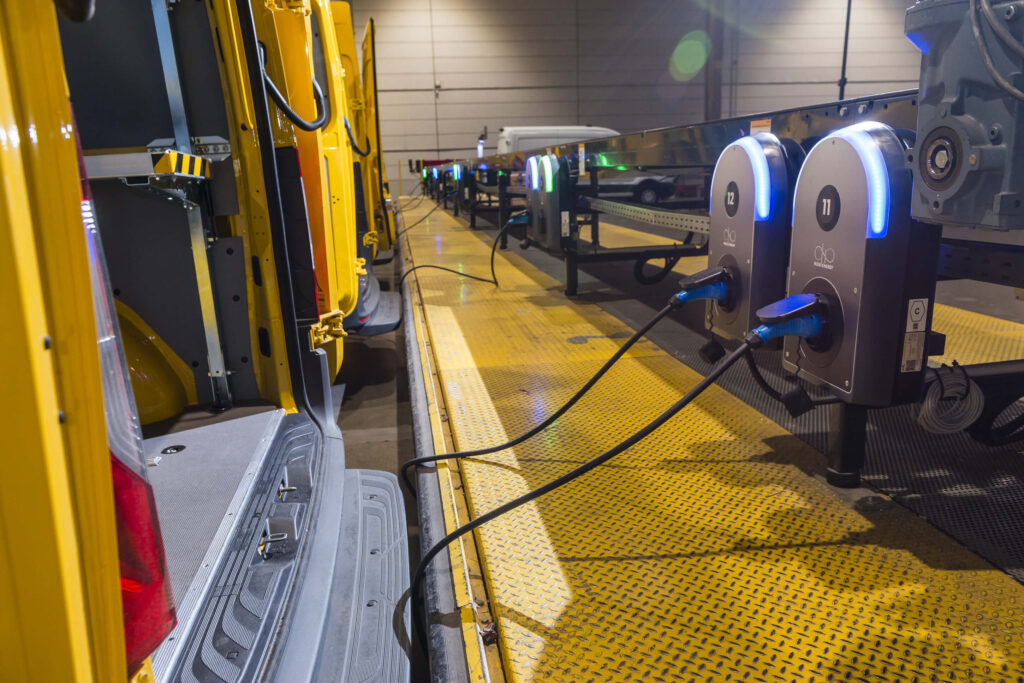
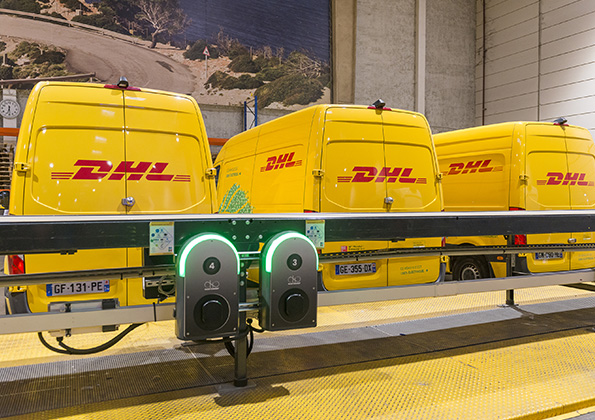
Your customized project
Every parking lot is different.
Every customer has his or her own recharging needs.
That’s why our solutions are modular and scalable, so that your recharging infrastructure is perfectly suited to your needs at all times.





